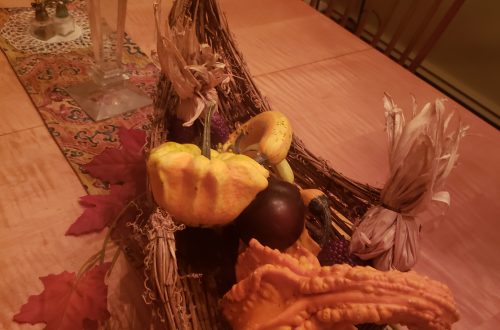
Origin of the Species: Chili
From your email, please click on the title to view the photos and comment online. On the Website, you can read past blogs, search for recipes, and browse.
Charles Darwin, I think, would have appreciated chili con carne. Turns out that chili is a food that has evolved quite a bit since its humble origins. Just like the populations of living organisms that Darwin studied as he circumnavigated the globe in the mid-1830s aboard the Beagle, chili has adapted and changed to suit its environment over the years. October is National Chili Month, so let’s celebrate one of America’s favorite comfort foods.
Turns out that Mr. Darwin was an adventurous eater. While a college student at Cambridge, he was a member of the Glutton Club, students devoted to eating birds and beasts unknown to the human palate such as hawks and herons. (The club dissolved after trying a brown owl.) Once aboard the Beagle later in life, he ate what he was studying: puma, iguanas, armadillos, a giant tortoise, and a 20-pound rodent that he described as “the very best meat I ever tasted.” After that, I bet he would have loved a bowl of chili.
North from Mexico
Chili as we know it actually traces its history to about the time that Darwin was voyaging. While there were probably meat and chili stews as early as the 16th century, it wasn’t until the 1800s that chili began its evolution with “lavanderas,” Mexican laundresses who followed the Mexican army across the Rio Grande in the campaign against Texas independence. These women simmered the tough and stringy meat from cattle and deer, using local chilies to mask any off flavors. They settled in the San Antonio area and began selling their foods from stalls in the Military Plaza until well into the 1930s. The style caught on locally, and chuckwagon cooks on the cattle trails from Texas to Missouri boiled meat scraps and fat with chilies, onions, and wild oregano. Frontiersmen and gold miners stuffed their saddlebags with jerky pounded into bricks with fat and chiles. They dropped those bricks into boiling water for a convenient, spicy dinner.
Once refrigeration arrived, the chili evolution accelerated as cooks started using inexpensive and tough fresh cuts of meat – first venison and buffalo, but later beef and pork. And when meat was expensive, the cooks stretched their fare with beans or brown rice. Next, Canary Islanders brought cumin, which added a distinctive flavor to the dish. Then, during the 1893 Chicago World’s Fair, the San Antonio Chili Stand was a popular feature – and chili began to spread outside Texas. Popularity probably peaked during the Great Depression when chili was a cheap meal in diners, but the rationing that arose a decade later during World War II virtually wiped chili off the menus. But 20 years later, President Lyndon Johnson’s predilection for Pedernales River Chili gave rise to a new nationwide appreciation for the dish that exploded around the country.
East to Cajun country
Various regions altered chili to suit their particular flavor desires. It seems almost everyone has their own personal favorites. Even though purists – Texas Red fans – still cling to the original version, chunky hot chili without beans, other regions placed their own stamp on the meal. Neighboring Oklahoma, for example, adds beans and toppings of Frito chips and cheddar. In Louisiana to the east, Cajun chili begins with an aromatic base of onions, peppers, and celery sautéed in butter. Then ground meat is added and finished with a sauce of wine, tomato paste, jalapenos, chili powder, and Louisiana hot sauce. This dish is occasionally served with a topping of grape jelly or molasses. Going further east, some Southern chilis use barbecue and country sausage as well as red and black beans and a little honey.
North to the Midwest
It’s the move into the Midwest where the dish encounters an even more interesting evolution. Cincinnati chili, influenced by Mediterranean and Slavic immigrant traditions, features cinnamon, nutmeg, cloves, and allspice together with the usual spicy ingredients and ground beef, and is served over spaghetti and sometimes topped with cheese, beans, and chopped raw onions. Neighbors in Indiana serve a Hoosier chili that contains ground beef, beans, chili powder, tomato juice or V8, cooked together with spaghetti or macaroni, then served in a bowl with shredded cheddar and eaten with Frito chips. In Illinois, Springfield tavern-style chili differentiates itself by use of beef suet to cook the ground beef, together with beans, tomato juice, chili powder, cumin, and sometimes beer. But it’s Detroit that offers a simple ground beef chili (no beans) that’s eaten over a Coney hot dog, slathered with mustard. And, of course, we can’t neglect California, which favors its turkey or chicken chili as well as three-bean and hominy chili.
As for me, I have my own favorite recipe – ground beef if I’m in a hurry, but chunky chili if I have the time.
Please click on the headline to view the blog on the website. You can log in and comment at the end of the blog to share your thoughts and start a discussion, or suggest a topic for Farmboy in the Kitchen.
If you’d like to share the blog, click on the Facebook icon or one of the others. Thanks!




